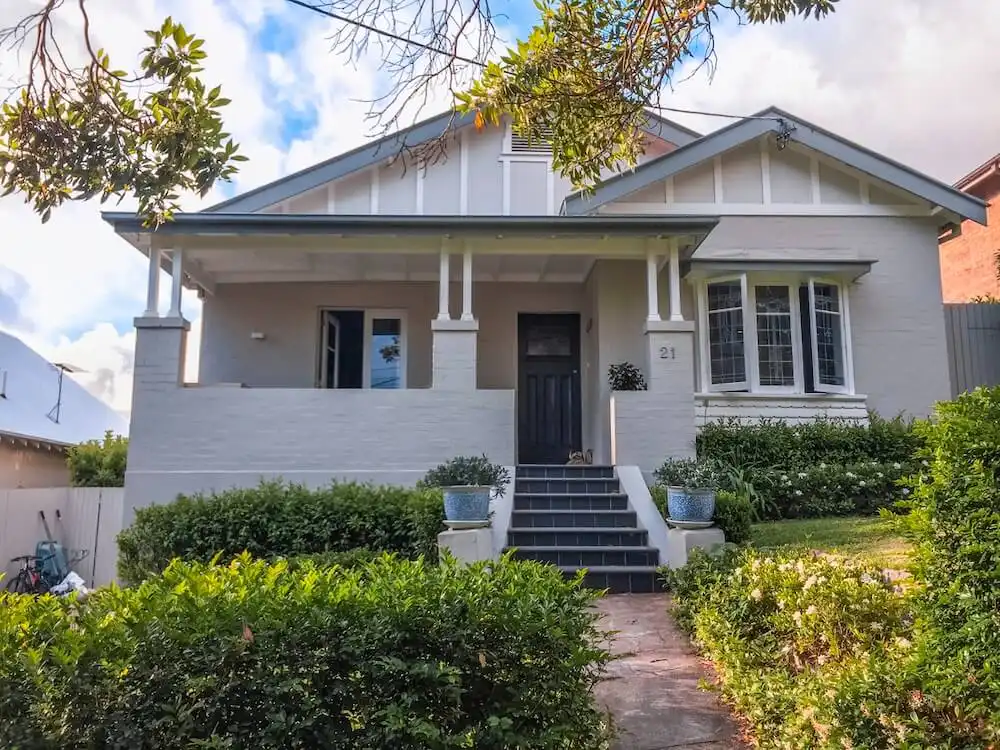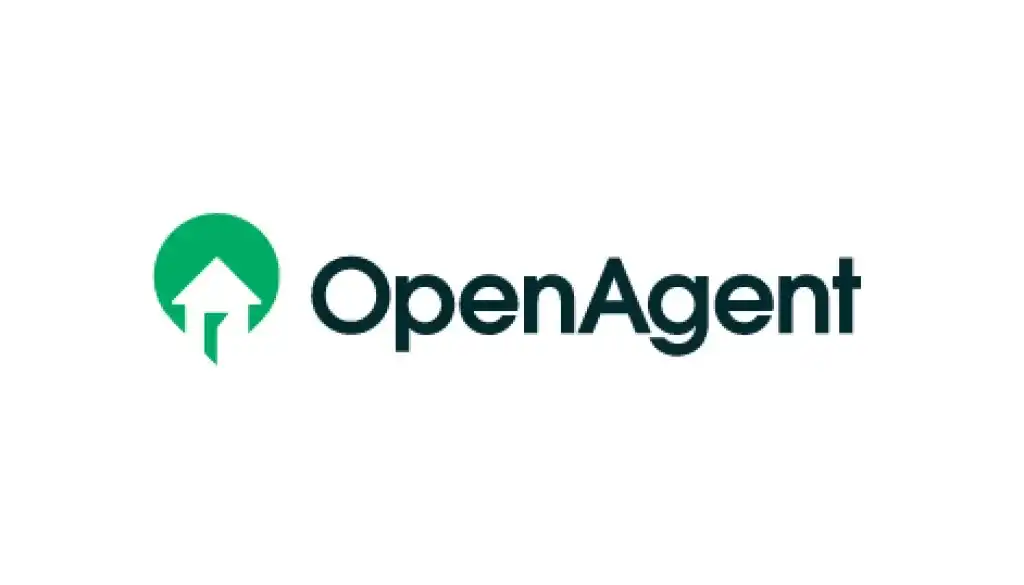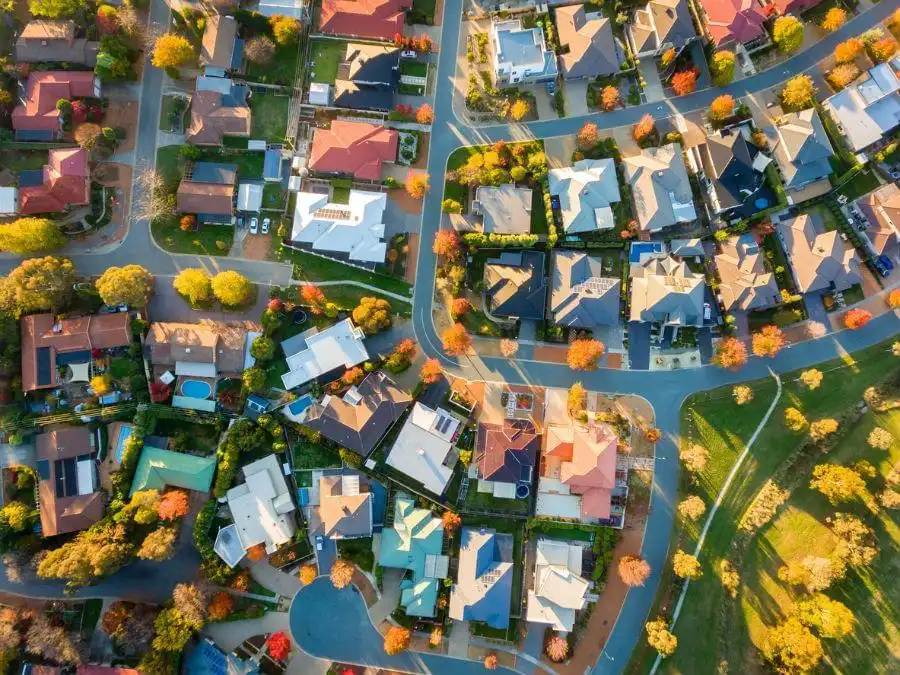Best regional QLD areas for property investment 2026
Looking for the best places to buy an investment property in Regional Queensland?
Here, we round up the latest data and expert insights on how Regional Queensland property prices tracked over the year and where they could be headed in 2026.
Let’s start with an overview of how the Regional Queensland property market performed in 2025.
How did the property market in regional Queensland perform in 2025?
The Regional Queensland property market cemented its status as a national powerhouse in 2025, recording double-digit growth of +10.1 per cent in the 12 months to October 2025. This performance significantly outpaced the national average of +6.1 per cent, as the "lifestyle and affordability" trend evolved into a structural shift for the state. By October, the market was characterised by fierce competition and rising prices across both coastal and inland hubs.
Growth was strong across all property types, with houses rising by +10.4 per cent to reach a median value of $780,000. The unit sector also delivered impressive returns, recording annual growth of +9.3 per cent with a median price of $750,000. High-value apartment markets in the Gold Coast and Sunshine Coast played a major role in buoying unit prices, often rivaling detached housing values in broader regional areas.
Supply constraints defined the market landscape, with total listings falling to their lowest levels in nearly two decades. This chronic shortage of stock created a seller’s market, particularly in high-growth zones like Toowoomba and the Whitsundays, where new construction struggled to keep pace with population intake.
Investors were active throughout the year, drawn by the dual prospect of capital gains and strong rental income. Gross rental yields sat at 4.3 per cent for all dwellings, supported by vacancy rates that remained critically low across most major regional centres. Antonia Mercorella, CEO of the Real Estate Institute of Queensland (REIQ), noted the breadth of this demand, stating, "Regional Queensland is driving some of the most dramatic price movements... both investors and owner-occupiers are looking beyond the southeast corner for relative value and growth."
Regional QLD property market predictions and price forecasts 2026
National property values are projected to reach new record highs in 2026, and Regional Queensland is expected to lead the charge. While Westpac forecasts moderate national growth of around 6 per cent, SQM Research predicts a supercharged market for the Sunshine State. This momentum is being driven by strong interstate migration, relative affordability, and massive infrastructure spending ahead of the 2032 Olympics.
The outlook is particularly strong for coastal and northern hubs. SQM forecasts price rises of 10 to 15 per cent for the Sunshine Coast and 7 to 11 per cent for the Gold Coast. Further north, Propertyology ranks Townsville as having the best capital growth potential in Australia, thanks to its affordability and economic tailwinds from defence and mining.
Supply constraints are putting upward pressure on prices and rents across the state. Vacancy rates in areas like Toowoomba and Cairns remain critically low, often sitting below 1 per cent. This tight inventory is driving a "landlord's market," with investors increasingly drawn to the high yields available in Rockhampton and Mackay compared to the capital cities.
Simon Pressley, Head of Research at Propertyology, highlights the opportunity in the north, stating, “We are anticipating the outstanding performance of Australia's 14th largest city to be the biggest property market star... Homeowners and property investors in Townsville should start licking their lips.” Ultimately, most Regional Queensland property market predictions suggest the state will outperform the rest of the country in 2026 as buyers chase lifestyle and value.
Best suburbs to invest in regional Queensland in 2026
We've put together a list of ten of Regional Queensland's top investment suburbs for 2026 according to OpenAgent analysis of short-term and long-term growth patterns, listing activity, selling speed and rental yields.
Kingaroy, QLD 4610
Kingaroy serves as the bustling commercial heart of the South Burnett region, offering a median house price of $496,500. It has delivered exceptional performance with +27.3 per cent annual growth and a near-doubling of values (+94.7 per cent) over five years. Investors are drawn to the strong rental yield of 5.6 per cent, supported by a steady agricultural and service workforce. With a median weekly rent of $460, it remains an accessible option for those seeking positive cash flow. The town’s established amenities and relaxed country pace continue to attract buyers escaping the coast.
Boyne Island, QLD 4680
Boyne Island offers a coastal lifestyle just south of Gladstone with a median house price of $580,000. The market has surged +24.7 per cent in the last 12 months, driven by local industrial employment and lifestyle seekers. It offers a robust rental yield of 5.7 per cent and a median rent of $570, making it a high-performing asset for investors. The suburb is surrounded by the Boyne River and parklands, appealing to families who love fishing and boating. Its five-year growth of +93.3 per cent highlights the recovery and strength of the Central Queensland market.
Mount Lofty, QLD 4350
Mount Lofty is one of Toowoomba’s most prestigious suburbs, commanding a median house price of $960,000. It has recorded +24.4 per cent annual growth, reflecting high demand for its character homes and elevated views. Over five years, values have jumped +94.8 per cent, cementing its status as a blue-chip regional location. With a median rent of $598 per week, it attracts established families and professionals working in the nearby CBD. Its leafy streets and proximity to elite schools ensure it remains a top choice for owner-occupiers.
Ayr, QLD 4807
Ayr offers incredible affordability in the Burdekin region with a median house price of just $350,000. The market has accelerated rapidly, recording +29.6 per cent growth over the past year as buyers seek value outside major centres. It has achieved +80.5 per cent growth over five years, driven by its strong agricultural economy and tight housing supply. Located an hour south of Townsville, it serves as a key service hub for the sugar cane industry. The low entry price makes it an attractive prospect for investors looking to enter the market with minimal debt.
Mount Pleasant, QLD 4740
Mount Pleasant is a sought-after suburb in Mackay with a median house price of $660,000. It has seen +26.3 per cent annual growth, supported by a fast-moving market where homes sell in a median of 28.5 days. The suburb is anchored by a major shopping centre and offers easy access to the CBD, driving demand from tenants. Investors benefit from a high rental yield of 5.8 per cent and a median weekly rent of $650. Its blend of convenience and family-friendly housing keeps vacancy rates tight.
Stanthorpe, QLD 4380
Stanthorpe is the heart of the Granite Belt wine region, offering a median house price of $520,000. It has experienced +22.4 per cent growth in the last year, fueled by tree-changers and tourism-driven demand. The market has nearly doubled in value over five years (+95.9 per cent), reflecting the area's growing popularity as a lifestyle destination. With a median rent of $430 per week, it offers steady returns in a unique market known for its four distinct seasons. The town’s vibrant food and wine culture continues to draw visitors and new residents.
New Auckland, QLD 4680
New Auckland provides a modern residential option in Gladstone with a median house price of $567,500. The suburb has recorded +27.0 per cent annual growth, benefiting from the region's industrial resurgence and tight rental market. Investors enjoy a solid rental yield of 5.1 per cent with a median weekly rent of $520. It is well-located near the airport and local schools, making it popular with families and FIFO workers. The five-year growth of +77.3 per cent underscores the renewed confidence in the local property sector.
Kirwan, QLD 4817
Kirwan is one of Townsville’s largest and most popular family suburbs, with a median house price of $580,000. It has surged +25.5 per cent in the last year, with properties selling quickly in a median of just 26 days. The area is home to the Willows Shopping Centre and extensive parklands, ensuring constant demand from tenants. With a rental yield of 5.2 per cent and median rent of $520, it offers a balanced investment profile. Its central location provides easy access to the university, hospital, and army base.
Newtown, QLD 4350
Newtown offers an entry-level opportunity in Toowoomba’s inner-city ring with a median unit price of $435,000. The market has grown +20.2 per cent over the last year, driven by buyers wanting walkable access to the CBD and local parks. It features a mix of historic character and modern infill, supporting a rental yield of 5.1 per cent. With a median rent of $400 per week, it appeals to singles and young professionals. The suburb is famous for the Laurel Bank Park and its vibrant, leafy streetscapes.
North Ward, QLD 4810
North Ward offers a premier lifestyle location in Townsville with a median unit price of $424,000. It has recorded +26.4 per cent annual growth, reflecting strong demand for apartments near The Strand and the oceanfront. The suburb is the city’s lifestyle hub, packed with cafes, restaurants, and walking paths. Over five years, values have risen +65.0 per cent as buyers prioritise location and amenity. It remains a top choice for investors seeking exposure to the city’s most desirable coastal precinct.
Disclaimer: Rankings use OpenAgent’s internal weighted scoring of price growth, days on market, listings and indicative yield. General information only—not financial advice; figures are estimates; past performance is not reliable. Always seek independent advice.
Frenchville, QLD 4701
Frenchville, located in the Rockhampton region, boasts a median house price of $529,000 and +15 per cent annual growth. Featured in Smart Property Investment’s Fast 50 report, the suburb is known for its spacious homes, family-friendly community, and proximity to Rockhampton Airport. Its combination of lifestyle amenities and strong growth figures makes it a solid choice for investors.
Kepnock, QLD 4670
Kepnock, in Bundaberg, offers a median house price of $500,000 and annual growth of +11.7 per cent. SPI's Fast 50 report highlighted its peaceful streets and affordable housing, making it ideal for first-home buyers and families. The suburb’s schools, parks, and strong community feel add to its investment appeal.
Leichhardt, QLD 4305
Leichhardt, located in Ipswich, recorded a median house price of $563,000 and annual growth of +21.5 per cent. SPI's Fast 50 report described it as an affordable and growing community with its own golf course and proximity to Wulkuraka Station. Its mix of affordability, accessibility, and lifestyle amenities positions Leichhardt as a key investment suburb in 2025.
Coomera, QLD 4209
Coomera, with a median house price of $835,000 and annual growth of +11.3 per cent, stands out for its infrastructure growth. REA’s Hot 100 Suburbs 2025 list cited the upcoming public and private hospitals, as well as its role in the 2032 Olympic Games, as key factors driving demand. Its strategic location between Brisbane and the Gold Coast, along with sought-after schools, makes it a prime investment choice.
Gatton, QLD 4343
Gatton, with a median house price of $520,000 and annual growth of +20.9 per cent, has been named by REA’s Hot 100 Suburbs report as a top investment pick for 2025. Known as the administrative hub of the Lockyer Valley food bowl and home to the University of Queensland’s agricultural campus, it offers affordability within commuting distance to Brisbane. Economic growth and rising property values reflect its strong investment potential.








